My question is about slice length and capacity. I'm learning about Go here: https://tour.golang.org/moretypes/11.
(My question was marked as a possible duplicate of this; however, this is not the case. My question is specifically about the cutting off the first few elements of a slice and the implications of that.)
Why does the line s = s[2:] decrease the capacity when s = s[:4] and s = s[:0] do not? The only difference I see is that there is a number before the colon in s = s[2:] while there is a number after the colon in the other two lines.
Is there any way to recover the first two elements that we cut off with s = s[2:]?
package main
import "fmt"
func main() {
s := []int{2, 3, 5, 7, 11, 13}
printSlice(s)
// Slice the slice to give it zero length.
s = s[:0]
printSlice(s)
// Extend its length.
s = s[:4]
printSlice(s)
// Drop its first two values.
s = s[2:]
printSlice(s)
}
func printSlice(s []int) {
fmt.Printf("len=%d cap=%d %v\n", len(s), cap(s), s)
}
After clicking the Run button, we get the following.
len=6 cap=6 [2 3 5 7 11 13]
len=0 cap=6 []
len=4 cap=6 [2 3 5 7]
len=2 cap=4 [5 7]


